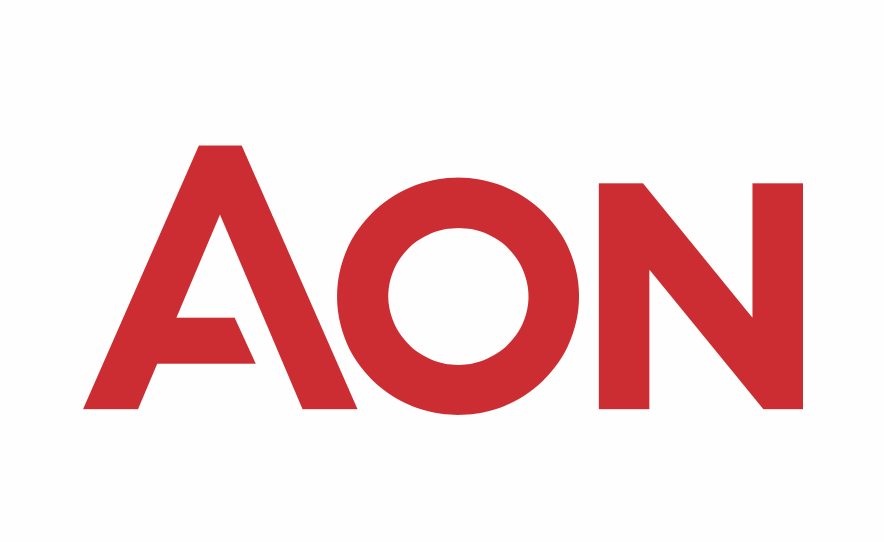Climate change adaptation and transition to net zero present huge growth opportunities for insurers: Aon
- September 13, 2025
- Posted by: Kassandra Jimenez-Sanchez
- Category: Insurance

Aon’s Strategy and Technology Group (STG) has identified more than $20bn in potential premium growth by 2030 related to environmental megatrends, and has highlighted the importance of understanding the climate risks and opportunities to help clients through prevention and mitigation.
Insurers have a crucial role to play in helping individuals, businesses and governments adapt to, and mitigate the impact of, climate change and the transition from brown to green energy.
As the world faces a changing climate and looks to transition to a low or no-carbon future, the insurance industry has spotted not only new risks but also growth opportunities.
Aon’s STG analysts have found that there is more than $20 bn in potential premium growth by 2030 related to environmental megatrends, powerful transformative trends that are shaping the future landscape and driving potential demand for insurance.
Of the 80 transformative trends identified by STG, around a quarter relate to environmental factors, including climate change adaptation and mitigation, the transition to green energy and biodiversity.
Of the top 10, six were directly linked to climate adaptation or the transition to net zero.
Insurance for resilient infrastructure development, electrification, carbon capture, carbon storage and the decommissioning of carbon intensive assets combined could generate gross written premiums of between $8 bn and $25 bn, analysts also found.
The transition from brown to green energy is attracting huge investment, yet annual clean energy investment worldwide will need to more than triple by 2030 to around $4tn to reach net zero emissions by 2050, according to the International Energy Agency.
Even though the need to rapidly expand sustainable energy capacity is clear, investments do not always flow as smoothly and quickly as they could. Concerns for natural catastrophe exposures or political risks are some factors that have held back investment in some green energy projects, for example.
Insurance can address challenges like these – which could also include political, technical, credit and operational challenges – but is yet to fully meet its potential, in part due to uncertainties over catastrophe exposures and models.
There is also significant growth potential from helping individuals, businesses and governments build resilience and manage the risks of a more volatile and less predictable climate, according to Aon’s STG.
While property nat cat insurance is the most advanced line of business for insurers, homogenous lines such as homeowners insurance is still struggling to adapt to climate change.
Homeowners now have to face rising natural catastrophe exposures and losses due to a combination of changing weather perils, as well as exposure drivers such as inflation, population shifts and the increase in insured values in catastrophe-exposed regions.
“Through experience, knowledge and tools,” Aon stated, “insurers can help society better understand risks and make informed decisions around investments in loss prevention and mitigation.
“This includes reducing exposure, while at the same time ensuring a sustainable flow of premium for the industry.”
Climate change and other environmental and social issues are also affecting companies’ directors’ and officers’ insurance (D&O) by creating new liabilities derived from the rise in a wide range of sustainability and climate-related regulations.
These new future liabilities, which could include disclosure requirements, caps on greenhouse gas emissions and supply chain transparency, will also increasingly require insurance solutions.
At the same time, climate change-related shareholder class actions and derivative claims actions against companies and D&Os are on the rise, while sustainability pledges made by organisations are likely to give rise to future greenwashing claims, analysts noted.
As Aon’s STG identifies and analyses all the transformative megatrends, it highlights the importance of mitigation, adaptation and promotion to help accelerate the innovation and investment needed to tackle climate change.
Analysts stated: “Of all the transformative megatrends analysed by STG, climate change and the net zero transition is perhaps the most complex and biggest challenge for insurance.
“For each identified climate or transition megatrend, there is an option to either mitigate, adapt or promote, depending on an insurer’s risk appetite and strategy. Due to the overlapping nature of environmental opportunities and risks, some megatrends may require a combination of the three.
“Insurers will need to adopt at least one for each transformative trend that affects their business or segment.”
Finally, Aon also emphasised the importance of understanding climate-related megatrends and opportunities, despite its challenges.
For example, while several insurers are investing in the tools and expertise to underwrite renewables, more insurers are needed to develop capabilities in this area.
Aon analysts also noted that the industry is missing out on opportunities to provide climate-related solutions to sectors that are currently largely uninsured. Arguing that insurers should also work with non-traditional customers to assess risks and create new products.
This website states: The content on this site is sourced from the internet. If there is any infringement, please contact us and we will handle it promptly.



